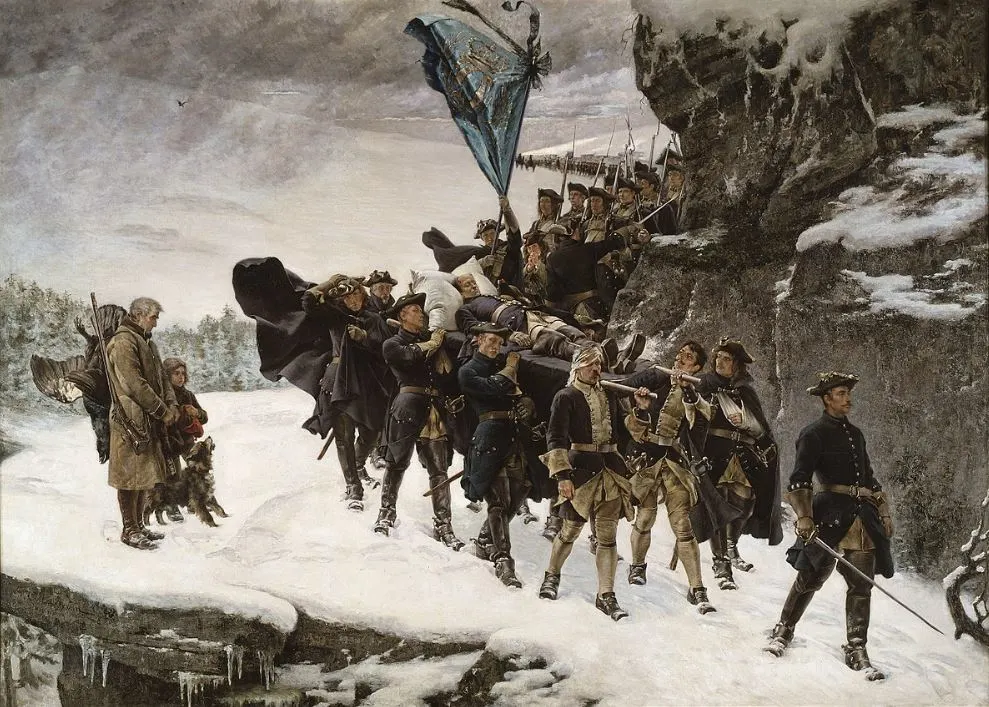Just about every country in the world had a national gallery of fine art, and in Sweden, it’s located on a small peninsula in the heart of Stockholm.
The Nationalmuseum is located at the tip of the Blasieholmen peninsula, a place that was an island until the 17th century.
The museum has an extended history because it was established as the “Kungliga Museet” or “Royal Museum” in 1792.
The collections of King Gustav III and Carl Gustaf Tessin formed the base of the museum’s current collection which has grown to over 700,000 objects over the centuries.
The museum moved to its current building in 1866, a structure that was built to serve as a venue for the General Industrial Exposition of Stockholm that year.
This building was completely renovated for a price tag of $132 million between 2013 and 2018. The result is that it has become one of the most stunning museums you’ll ever visit.
Let’s take a closer look at some of the most famous paintings at the Nationalmuseum in Stockholm.
1. The Triumph of Venus – François Boucher
- Date created: 1740
- Dimensions: 130 × 162 centimeters (51 × 64 inches)
The Triumph of Venus is one of the most famous paintings by François Boucher (1703-1770), one of the leading Rococo artists of the 18th century. It’s one of the many paintings in art history that depicts the Roman goddess and a wide variety of other mythological figures.
Boucher developed the theatrical Rococo style of painting throughout his career and he eventually became the First Painter of the king of France in 1765. This Venus painting is one of the many that was acquired by the Swedish Count Carl Gustaf Tessin during his stay in France.
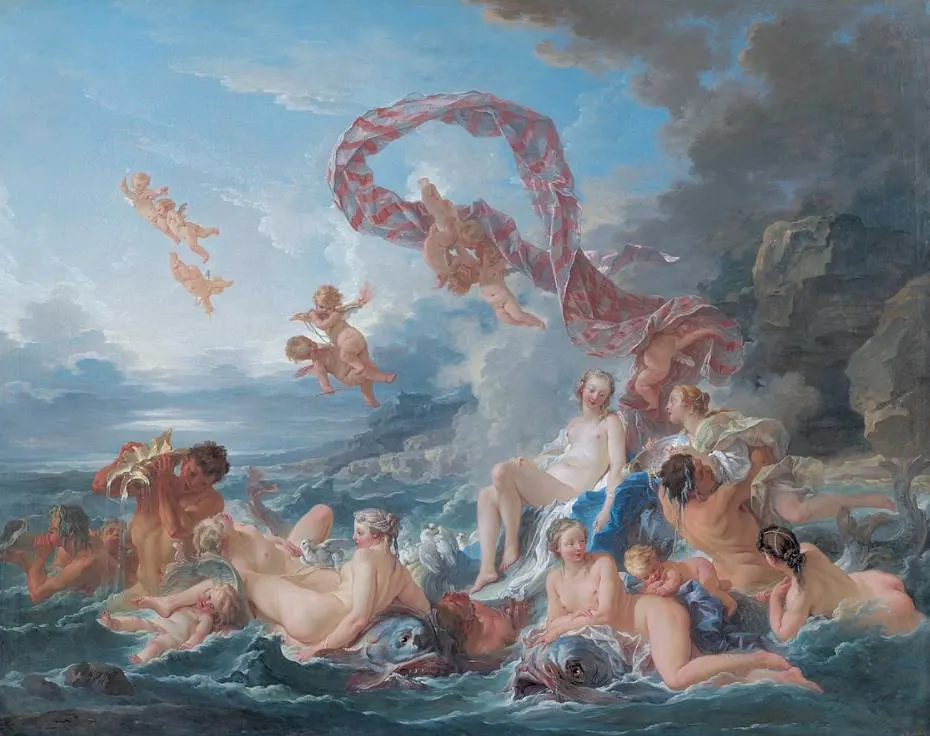
2. The Love Lesson – Jean-Antoine Watteau
- Date created: 1716-1717
- Dimensions: 44 x 61 centimeters (17.32 x 24.01 inches)

The Love Lesson is a painting by Jean-Antoine Watteau (1684-1721), another French artist who had a brief but very influential career in the early 18th century. His style was the precursor to the Rococo paintings that were produced several decades after he passed away.
Watteau developed the genre of “fêtes galantes,” a type of painting that depicts finely dressed people having a good time in a parkland environment. This is a great example of his style as it shows several flirtatious young people surrounded by greenery.
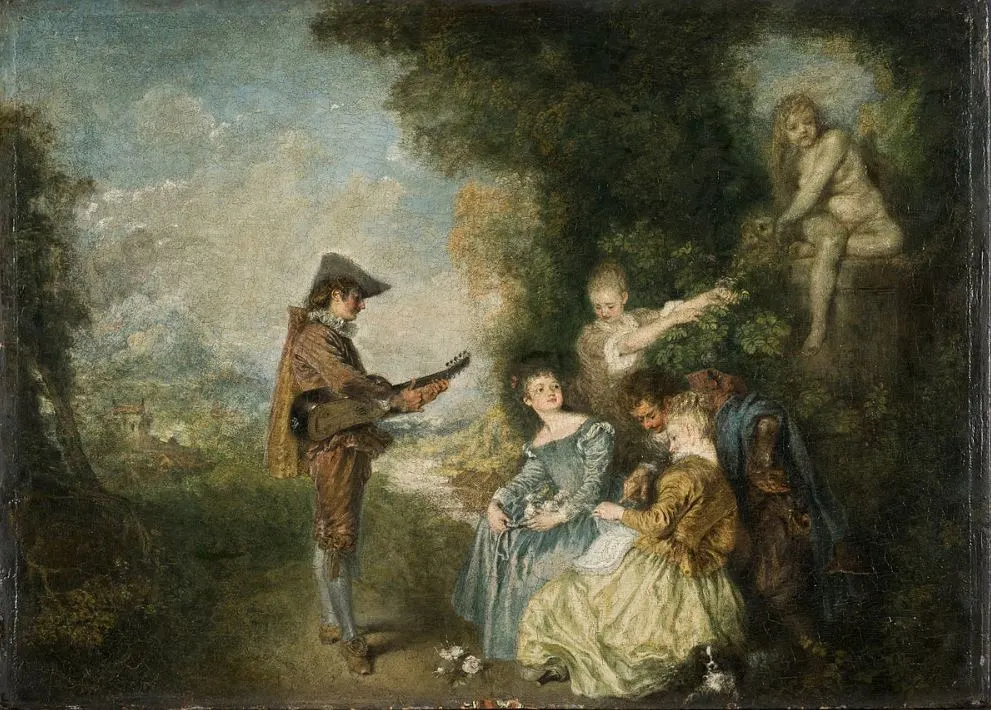
3. The Lady with the Veil – Alexander Roslin
- Date created: 1768
- Dimensions: 65 × 54 centimeters (26 × 21 inches)
The Lady with the Veil is a portrait by Alexander Roslin (1718-1793) one of the most celebrated Swedish artists in history. Roslin was a renowned portrait painter who completed commissions for some of the wealthiest families all across Europe.
This is a remarkable work in his oeuvre because it depicts Marie-Suzanne Giroust (1734-1772), a woman also referred to as “Madame Roslin.” She was the artist’s wife and a famous portrait painter herself. She was one of the few female members of the Académie royale de Peinture et de Sculpture.
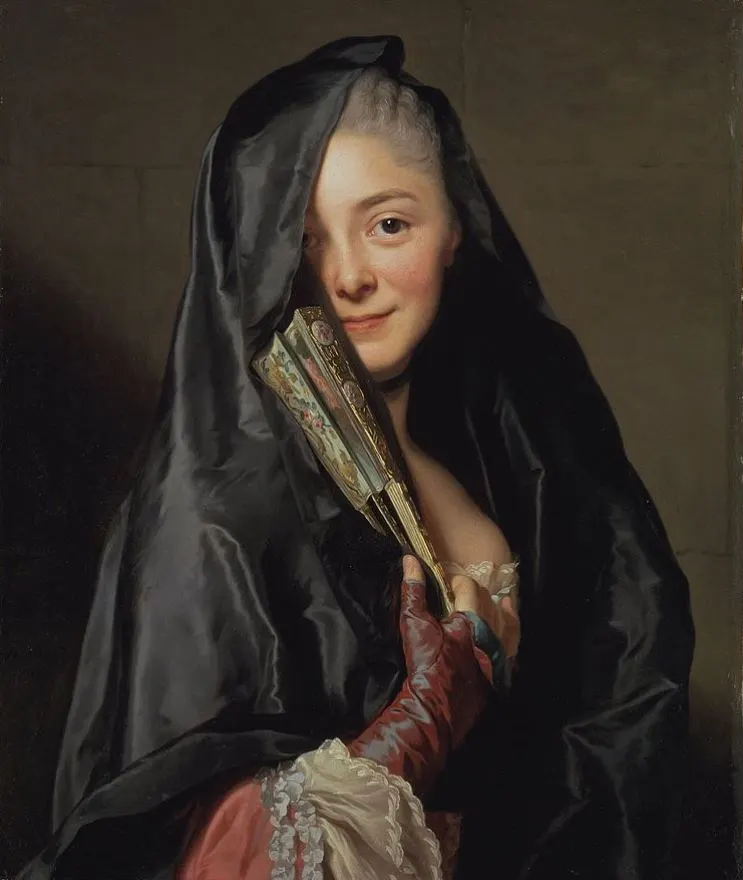
4. Midsummer Dance – Anders Zorn
- Date created: 1897
- Dimensions: 140 × 98 centimeters (55 × 39 inches)
Midsummer Dance is the title of a painting by Swedish artist Anders Zorn (1860-1920) and one of the most iconic Swedish paintings ever completed. It depicts a group of people in the Swedish Province of Dalarna who are celebrating the Swedish Midsummer.
They are dancing and wear traditional folk costumes. The village in which the event took place was Morkarlby just outside of Mora and not too far from the palce where Zorn was born. The painting at the Nationalmuseum in Stockholm is the best-known of 3 versions that the artist completed.
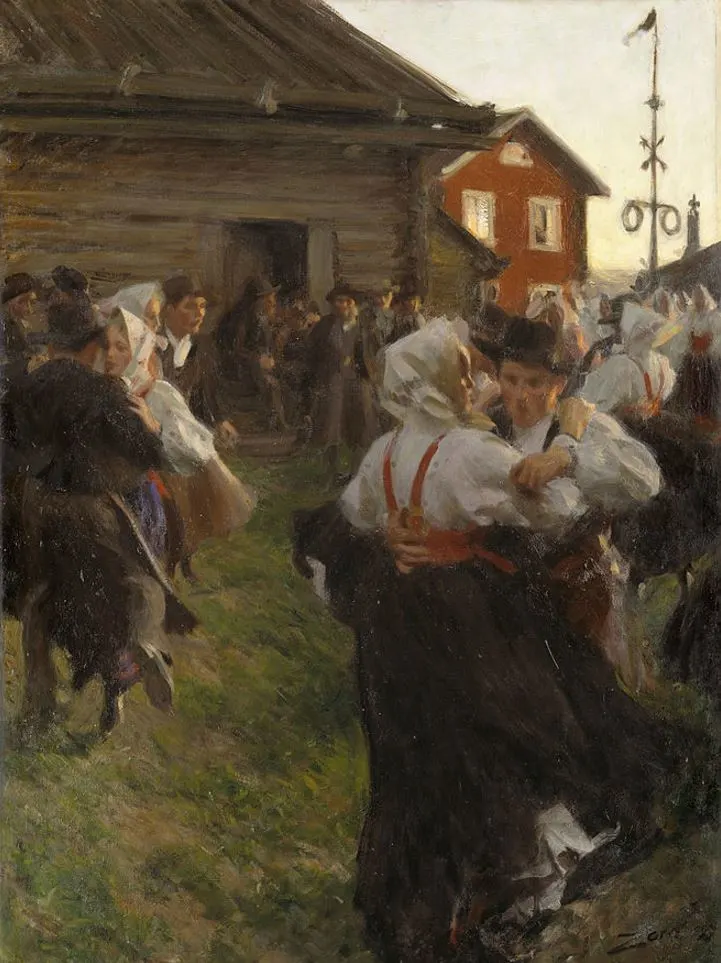
5. La Grenouillère – Pierre-Auguste Renoir
- Date created: 1869
- Dimensions: 66 × 81 centimeters (26 × 32 inches)
La Grenouillère is a painting by Pierre-Auguste Renoir (1841-1919) that was completed during the early phase of the artist’s career. This was a period in which the Impressionist artists were still developing their distinctive style of which this painting is a prime example.
This painting depicts a popular establishment called La Grenouillère on the River Seine on the western outskirts of Paris. Claude Monet (1840-1926) worked alongside Renoir at the time and produced several similar paintings, including Monet’s iconic painting titled “Bain à la Grenouillère.”
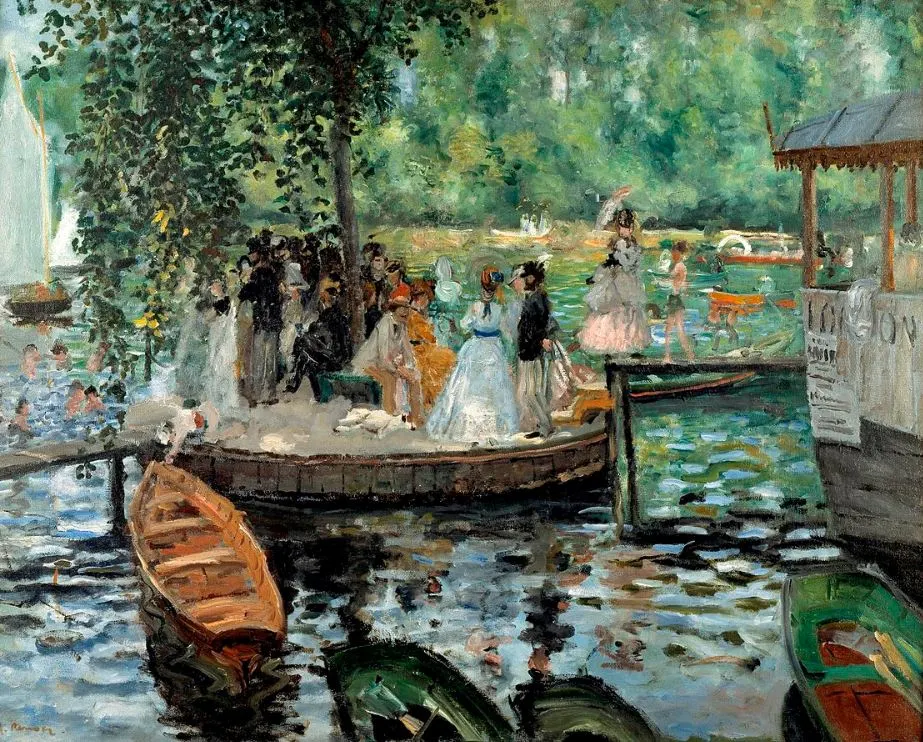
6. Landscape with the Fall of Icarus – Joos de Momper
- Date created: 1620s
- Dimensions: 154 × 173 centimeters (60.6 × 68.1 inches)
Landscape with the Fall of Icarus is a painting by the Flemish artist Joos de Momper (1564-1635) which depicts the popular mythological story of Icarus. According to the story, Icarus flew away from the island of Crete with wings made from Beewax.
This didn’t work out too great because his wings melted when he flew too close to the sun and he subsequently crashed into the sea and drowned. The artist painted a Flemish-looking town in the middle of this remarkable composition which was inspired by a painting of the same name by Pieter Bruegel de Elder (1525-1569).
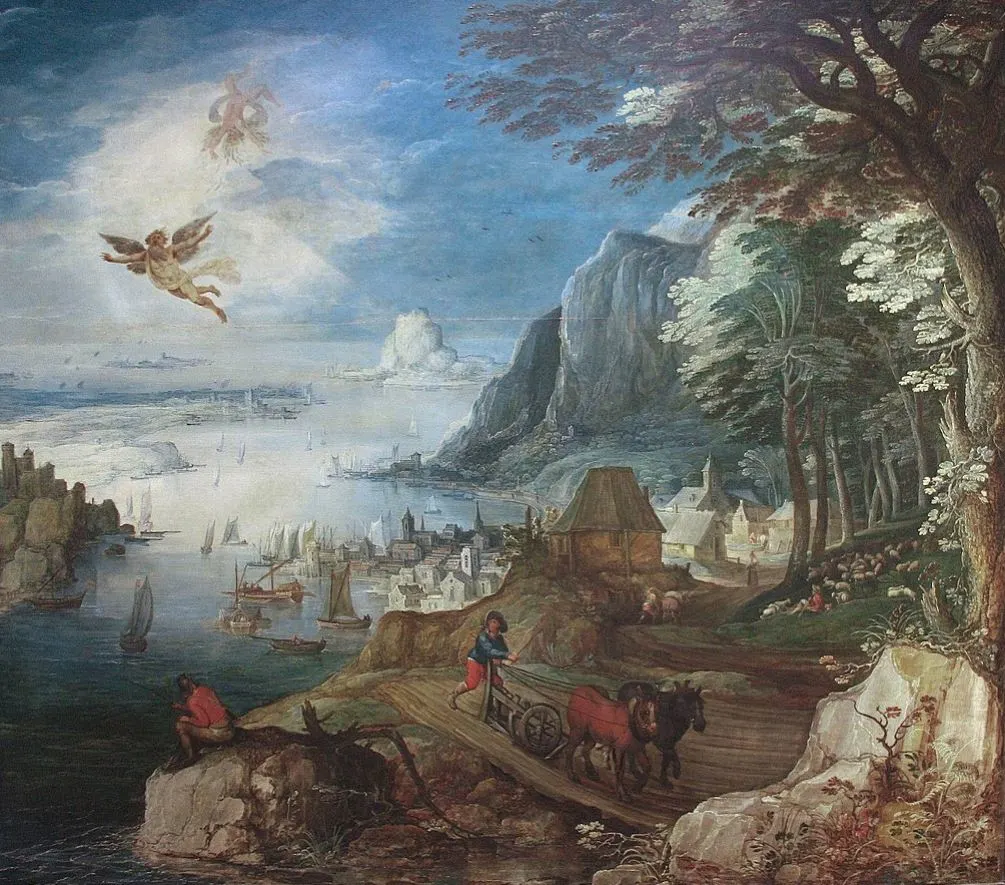
7. The Kitchen Maid – Rembrandt van Rijn
- Date created: 1651
- Dimensions: 78 × 64 centimeters (31 × 25 inches)
The Kitchen Maid is a painting by Rembrandt van Rijn (1606-1669), one of the greatest Dutch artists in history. He lived during the Dutch Golden Age in the 17th century and produced a wide range of paintings and etchings with different subjects during his career.
Rembrandt was influenced by the chiaroscuro paintings of Caravaggio and often integrated a strong contrast of light and shadow into his works. This allowed him to highlight certain elements of the painting. This is one of several versions of kitchen maids that he completed.
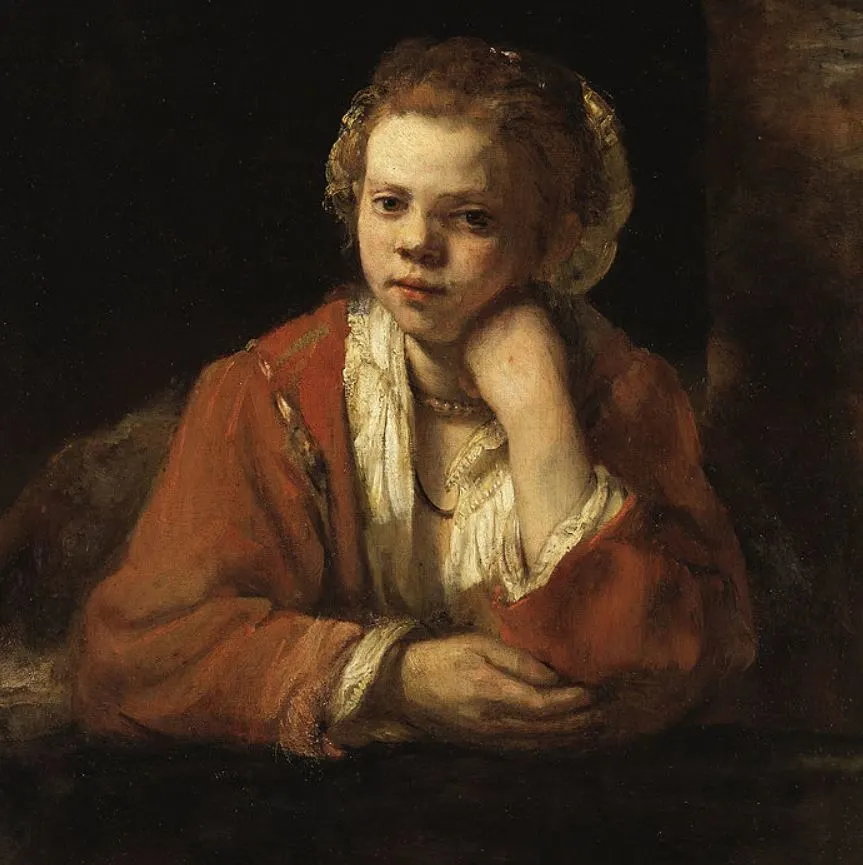
8. Frukostdags (Breakfast Time) – Hanna Pauli
- Date created: 1887
- Dimensions: 91 × 87 centimeters (36 × 34 inches)
Frukostdags or “Breakfast Time” is a painting by Hanna Pauli (1864-1940), a Swedish painter who specialized in genre paintings and portraits. It’s a realistic depiction of a dining table in a garden on a lovely Summer’s day in Sweden.
The painting was completed when Pauli was still in her early twenties and it marked the breakthrough of her artistic career. She had recently returned to her native Sweden after studying in Paris for several years. The year she completed this work she submitted her first work to the Paris Salon of 1887.
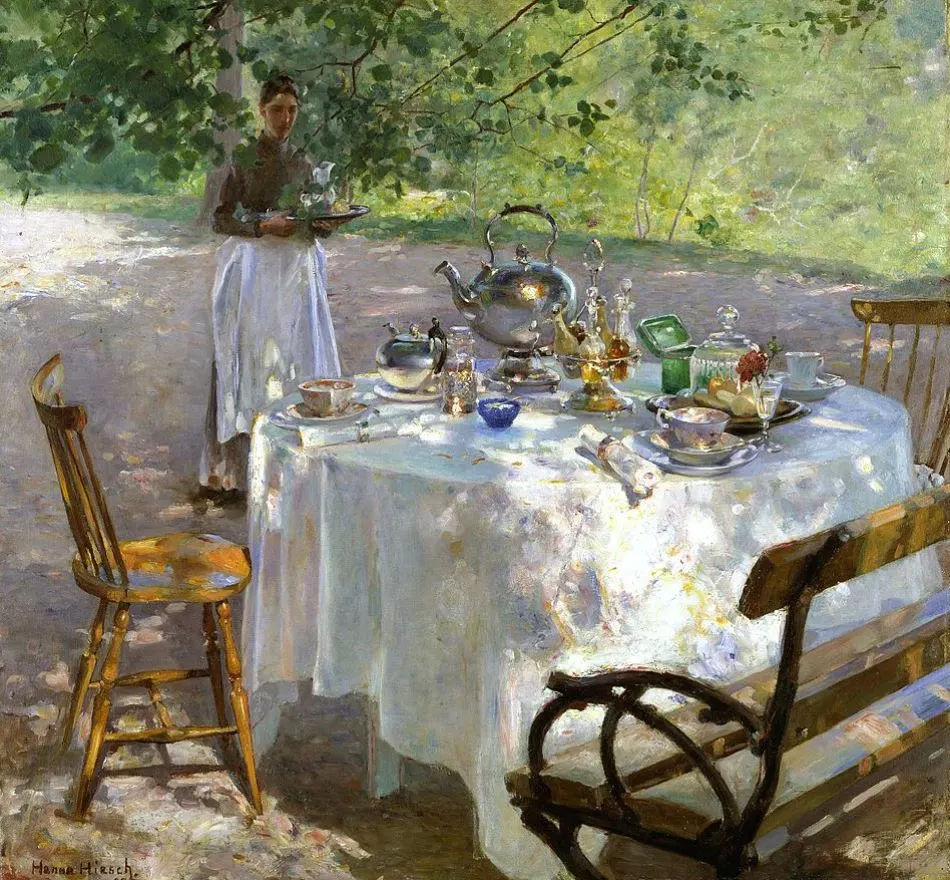
9. The Lion Hunt – Eugène Delacroix
- Date created: 1855
- Dimensions: 57 x 74 centimeters (22.4 x 29.1 inches)
The Lion Hunt is the title of a series of paintings by Eugène Delacroix (1798-1863), the leading Romantic artist in France in the 19th century. This series was the result of the increased interest in everything exotic during the Romantic era.
This painting at the Nationalmuseum in Stockholm is a relatively small version but is of the highest quality. The largest version can be found at the Musée des Beaux-Arts in Bordeaux. A similar painting as the one n Stockholm is part of the collection of the Musée d’Orsay in Paris.
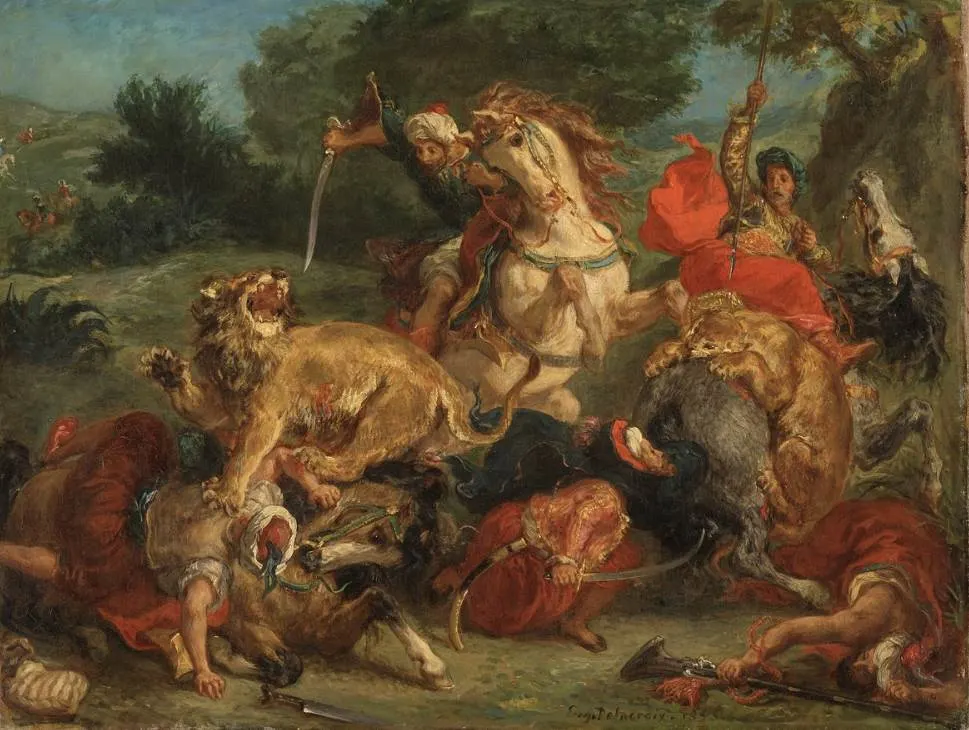
10. Bringing Home the Body of King Charles XII – Gustaf Cederström
- Date created: 1884
- Dimensions: 265 × 371 centimeters (104 × 146 inches)
Bringing Home the Body of King Charles XII is the title of a painting by Gustaf Cederström (1845-1933), one of the more renowned Swedish historical painters. The painting at the Nationalmuseum is the second version of this scene as he completed a very similar painting 6 years earlier in 1878.
The original painting is on display at the Gothenburg Museum of Art. It depicts the repatriation of the body of Charles XII of Sweden (1682-1718) who was killed in action in Norway during the Siege of Fredriksten. Cederström painted this work as a submission for the Exposition Universelle in Paris in May 1878.
